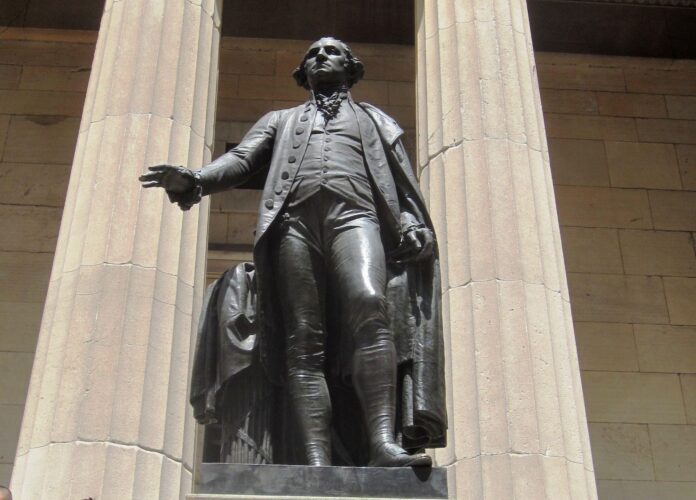A bill introduced by a member of the New York City council would require the city to identify works of public art “that depict a person who owned enslaved persons or directly benefited economically from slavery”, a first step to addressing and contextualising the racist history of these monuments.
The bill, Int. 1085-2023, follows former mayor Bill de Blasio’s 2018 commission on the subject of controversial monuments and their possible removal, which produced a 42 page report on the matter and led to the relocation of just one monument, a large bronze statue of J. Marion Sims—the 19th-century gynecologist who experimented on the bodies of Black women without their consent and anesthetic—from Central Park to Brooklyn’s Green-Wood Cemetery. By adding “explanatory plaques” and educational didactics to statues of historic figures or Confederate leaders that meet the bill’s criteria, sponsors of the bill hope to create educational opportunities and evidence of ethical accountability for New Yorkers and their institutions.
Despite the 2020 Black Lives Matter protests’ focus on reprimanding the glorification of problematic figures in public art, many of the city’s monuments to figures with ties to colonialism and slavery remain on display and unchanged, including the 131-year old statue of Christopher Columbus in his eponymous traffic circle in Midtown Manhattan.
Cynthia Copeland, a public historian who has served as co-chair of the Reparations Commission of the Episcopal Diocese of New York, told Gothamist that the “temperature has come down” in public discourse on monument removal. “We are at a point where there has been some distance and I think that people have sort of taken a breath.”
The bill, which moves beyond public artwork to include the names of schools in its purview, has been met with hostility and skepticism from conservative news outlets. Republican council member Joann Ariola told the New York Post that the bill constituted “an attempt by the radical left to rewrite our nation’s history”, a sentiment further compounded by the logistics of the effort. The city owns around 2,500 pieces of public art, and the labour, research and decision-making involved in carrying out the bill’s provisions would fall to the city’s Public Design Commission. Mayor Eric Adams’s office is currently reviewing the bill, which is part of an initiative known as the Juneteenth Legislative Package, in honour of the federal holiday honouring the day in 1865 when the last enslaved people in the US were emancipated.
“As compared to prior efforts, this bill adds context where appropriate,” councilmember Shekar Krishnan, a sponsor of the bill who represents parts of Brooklyn, told Gothamist. “From [George] Washington to [Christopher] Columbus to [Peter] Stuyvesant, many of the figures who occupy our most valuable spaces were both historically important and deeply flawed human beings.”
Councilmember Sandy Nurse, who introduced the bill, concurred. “I don’t think we are ready to take down George Washington statues as a country and I’m okay with that,” she told Gothamist. “People can both be capable of great things and great outcomes and also of horrific crimes against humanity at the same time. And we live with those complexities to this day.”

























